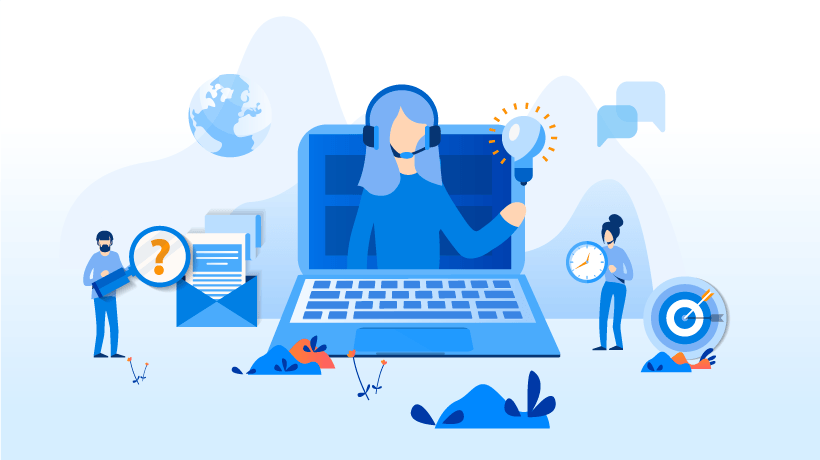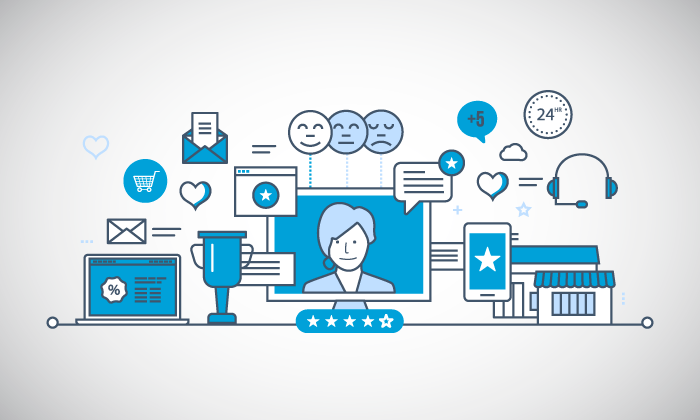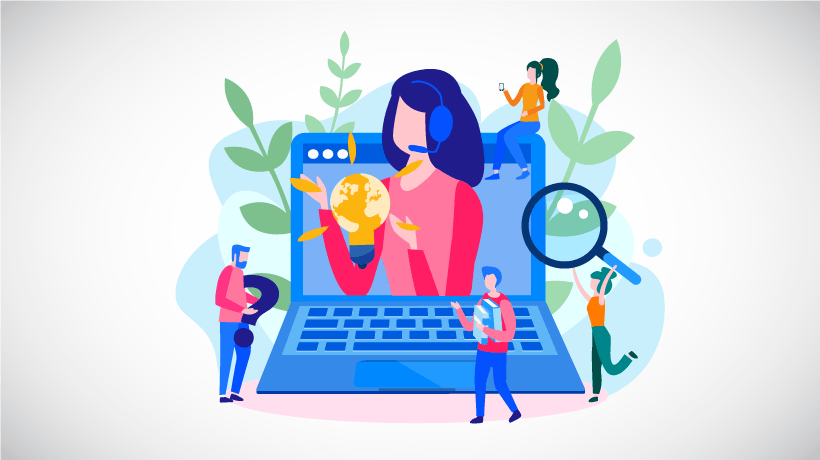Why Is Customer Service Important?
Positive Customer Experiences are becoming a top priority for today’s consumers. 90% of Americans use customer service as a factor in deciding whether to do business with a company.
It was found that US businesses lose about $62 billion in profits a year due to poor customer service alone [1]. This has caused many companies to work on improving their customer service and eventually led to increased profits. 84% of organizations that worked on improving customer service reported an increase in revenue.
Implementing an effective customer service training plan is a crucial part of improving your organization's customer service. Your customer service training ensures that your employees have the skills and tools they need to provide excellent customer service. However, only 65% of companies provide effective tools and training to their team members to effectively work with customers [2].
Choosing The Right Tools
Providing your employees with the right tools and training will set them up for success and help improve customer satisfaction rates. To achieve this, there are many different tools that you can choose from. For customer service purposes, it is wise to invest in tools that promote engagement and context around the content, so that knowledge retention compliments the application of tools during this process for employees.
To get the most out of your customer service training program, there are 4 training tools you should consider.
1. Simulation
One of the most effective digital training tools you can include in your customer service training plan is simulations. Simulations are a form of scenario-based learning. This method of training creates life-like scenarios that employees are likely to encounter while working. Firstly, employees learn the correct way to handle different questions and problems, then they work through those scenarios. They are provided multiple options to choose from that lead to different likely outcomes –
This particular form of training has many advantages:
- Simulations are completed on an eLearning platform which allows employees to practice new skills in a risk-free environment.
- Simulations allow employees to practice a new skill before working with customers.
- Simulations provide context to help employees better understand how to apply what they’ve learnt on the job.
- Employees who practice new skills in a simulation are more likely to apply them on the job than after participating in other forms of training.
- Managers can also track employees' progress to identify any areas an employee might be struggling with and suggest ideas.
2. Electronic Performance Support System (EPSS)
As technology and job roles continue to shift rapidly, it can be challenging to teach technical skills using traditional training methods when developing a customer service training program. However, your customer service teams will still need some form of training to keep up. This is where electronic performance support tools come in handy.
- EPSS tools help guide employees through each step of whatever new digital process they are trying to learn. It is a lot like having a digital support team. The tool uses digital icons and balloons to lead employees through each step.
- EPSS tools allow employees to learn on the job. Speed up the training process, these tools allow users to learn independently and through experience. The process of learning through experience is both engaging and lasting.
3. Mobile Learning
Mobile learning is an essential tool that is quickly growing in popularity. There is no platform more familiar than a smartphone. People check their phones multiple times a day and use them to look up for information regularly. When it comes to customer service training, there are many advantages of using mobile learning.
Mobile learning is a platform that engages a multigenerational audience. Using a mobile platform also gives employees 24X7 access to learning materials. This makes it easier for your customer service team to look up for information and train whenever they want to. Giving the right flexibility to team members to learn and grasp training course will help them to retain knowledge for a longer duration. Much like other online platforms, mobile learning gives employees a way to practice their skills and receive unbiased feedback instantly.
4. Gamification
For a successful training program, it is important to make sure the participants are engaged throughout. While the impact of mobile and video learning cannot be overlooked, gamification is one such methodology that can work wonders for creating engaging experiences to learners. The highlight of this learning solution is its naturally engaging essence. Along with this, this encourages participants to self-assess themselves and improve their skills through continuous efforts.
Conclusion
Providing great customer service experiences is essential to business today. Organizations that provide poor customer service lose out on both good customers and profits. Ensuring high-quality experience for your customers begins with a well-designed customer service training program. The most successful programs focus on experiential learning and engagement. Infopro Learning’s eBook The Advanced Guide To Top Your Customer Service Training Game highlights the benefits of implementing experiential learning to your training program. Providing teams with the right tools, training materials and recreating scenarios that they might face during customer interaction, will help them learn the necessary skills. There is a wide array of training tools you can choose from, but businesses must not hesitate to apply the most suitable ones to ensure happy customers by the end of the customer service process.
References:
[1] The $62 Billion Customer Service Scared Away [INFOGRAPHIC]
[2] 80 Customer Service Statistics: 8 Lessons to Fuel Growth in 2020 and Beyond







